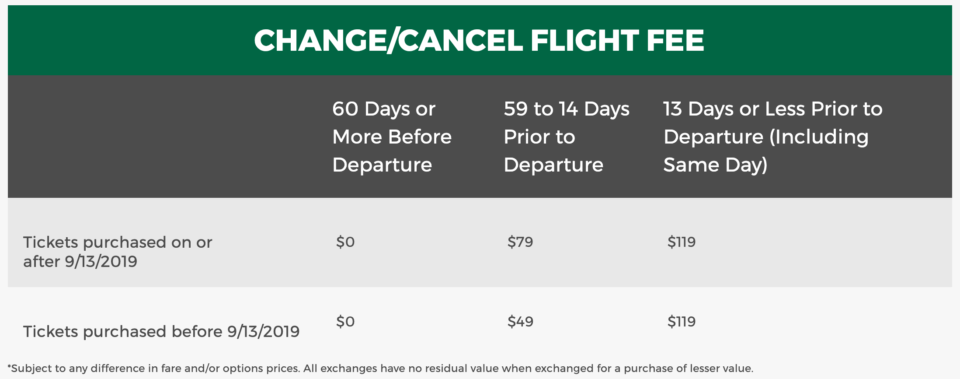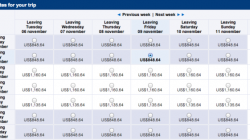Many tourist-dependent locations struggle with how to balance supporting tourism industries while protecting public health. In some cases, localities have introduced pre-departure COVID testing requirements for visitors. One such example is Alaska, which requires testing before departure in lieu of a quarantine. Emirates recently became the first airline I know of to require that certain passengers receive tests before travel. On the surface, this seems like a win-win for travelers and their destinations. Tourist industries can survive while states/countries reduce the possibility of infections spreading through travel. However, before planning a trip to a location that requires testing, carefully consider the risks involved.
Disclaimer: this is not a recommendation to travel; however, with interest in travel returning, this post is provided as a service to those considering travel to locations with testing requirements.
Pre-Depature COVID Testing Requirements in General
Most pre-departure testing requirements carry two conditions. First, passengers must obtain a “molecular-based” (i.e. PCR) test; so-called “rapid” tests typically aren’t accepted. Second, the state/country requires that passengers take the test within a certain period prior to departure. Alaska, for example, provides varying options to test within 5 days or 3 days of departure. Emirates requires a test result a maximum of 96 hours before departure. It’s the timing requirement that has the potential to create substantial headaches because…
Obtaining Timely Test Results is a Crapshoot
Due to high testing demand, it’s a crapshoot whether you can obtain test results in time. Right now, most testing locations in the DFW area tell patients to expect results in 4-10 calendar days. A few clinics using local labs say that results “usually” take 2-3 days, but can take up to 7 days. I’ve read anecdotal reports that some testing sites in Arizona and Florida take up to 10-14 days to return results. Simply put, depending on where you live, receiving results in time might prove difficult. Tip: find a testing site that uses a local lab, rather than a national chain like Quest Diagnostics. At least here in Texas, local labs consistently turn around results more quickly.
That’s assuming, of course, you can even obtain a test where you live without symptoms. Here in the DFW area, several clinics provide testing to anyone who wants one. In rural parts of the state, though, a “discretionary” test might require a trip to, say, Dallas or Houston. Some states and countries also strictly limit testing to symptomatic patients or high-risk individuals. Alaska suggests “at home” COVID tests for those unable to obtain one at a lab. These include tests like “Pixel by LabCorp”, where you administer the nasal swab yourself at home and FedEx it back. However, even these tests now advise of turnaround times of as much as 3-5 days from the date the lab receives your swab.
These at home tests do not allow shipping on weekends. So you could potentially need up to 10 days to receive the kit, take the swab, ship it, and receive results. (Note: Fulgent Genetics sells a test called “Picture”, which they claim can return results in 2-3 calendar days after submission. Supposedly, they limit sales of test kits to guarantee a quick turnaround. I don’t have firsthand knowledge of whether the promised times verify or not, though.)

Didn’t Receive Results In Time? You’re Boxed in a Corner
So that begs the question, what happens if you fail to receive your results on time? Some locations still allow you to travel, but require you to self-quarantine until you receive results. No big deal – but what happens if you travel and the test comes back positive? You’re likely now stuck in quarantine until the health department clears you. Most likely at your expense.
Speaking of expense, it’s important to think about what travel insurance does and doesn’t cover. Some travel insurance policies cover costs incurred as a result of a positive COVID test. (But never assume one does; read the declarations page carefully. Especially exceptions regarding foreign travel if traveling out of your home country.) So, with the right policy, insurance may cover costs involved with quarantine at your destination. Or cancellation costs if you receive a positive test.
But failure to receive a negative test result back in time is a different story. Most policies require a physician’s order not to travel to pay benefits under the medical benefits portion. Waiting for a negative test doesn’t cut it, most likely. And so cancelling under that scenario likely means flushing nonrefundable trip costs. Furthermore, postponing travel to wait for the test may not work, either. Let’s say you plan to depart for Alaska next Wednesday, July 29. The states requires that you take your test on or after the 24th. If you take the test on the 24th, but then want to change your flight to the 30th? You’re SOL, because your test is now invalid since you took it more than 5 days before departure. And don’t expect insurance to help.
Finding suitable insurance coverage for yourself is crucial, especially when it comes to unpredictable situations like travel during the COVID-19 pandemic. To safeguard your financial investment and well-being, consider exploring insurance options that offer comprehensive coverage. Thimble Insurance features can be a great choice, providing peace of mind with their tailored policies designed to meet various needs. Thimble’s coverage options can include protection against unexpected events like trip cancellations due to positive COVID-19 test results or other emergencies. By carefully reviewing the policy details, including exceptions and coverage limits, you can ensure that you have the right insurance plan to navigate uncertainties during your travels and beyond.
But What About Testing on Arrival?
Some localities, notably Alaska, Austria, and Turkey, offer testing on arrival. In some cases, receiving results takes several days (Alaska); in others, authorities promise results in hours (Turkey). If a destination offers testing on arrival, you must generally self-quarantine until results come back. This seems like a great option for those finding difficulty in obtaining timely tests at home, right?
Well, consider what happens if you wait to test on arrival, but test positive. You’re potentially facing a 14-day quarantine at your own expense. And if the country you’re visiting requires you to go to a hospital, expect a very, very large bill. One your insurance may or may not cover. Furthermore, it’s not entirely clear what happens to everyone else on the plane with you. Do they all get tracked down with a requirement to test and/or quarantine? That’s actually a big reason I’m hesitant to travel internationally, even once numbers here start going down.

Final Thoughts
I’m generally in favor of pre-departure COVID testing; to me, this strikes a sensible balance between supporting tourism-dependent economies while reducing the risk of importing the virus. However, at least based on current testing conditions, it’s a lot easier said than done. If you’re thinking of visiting a destination with a pre-departure testing requirement, you’ll want to plan ahead. And have contingency plans in place in case you can’t get a timely result.





